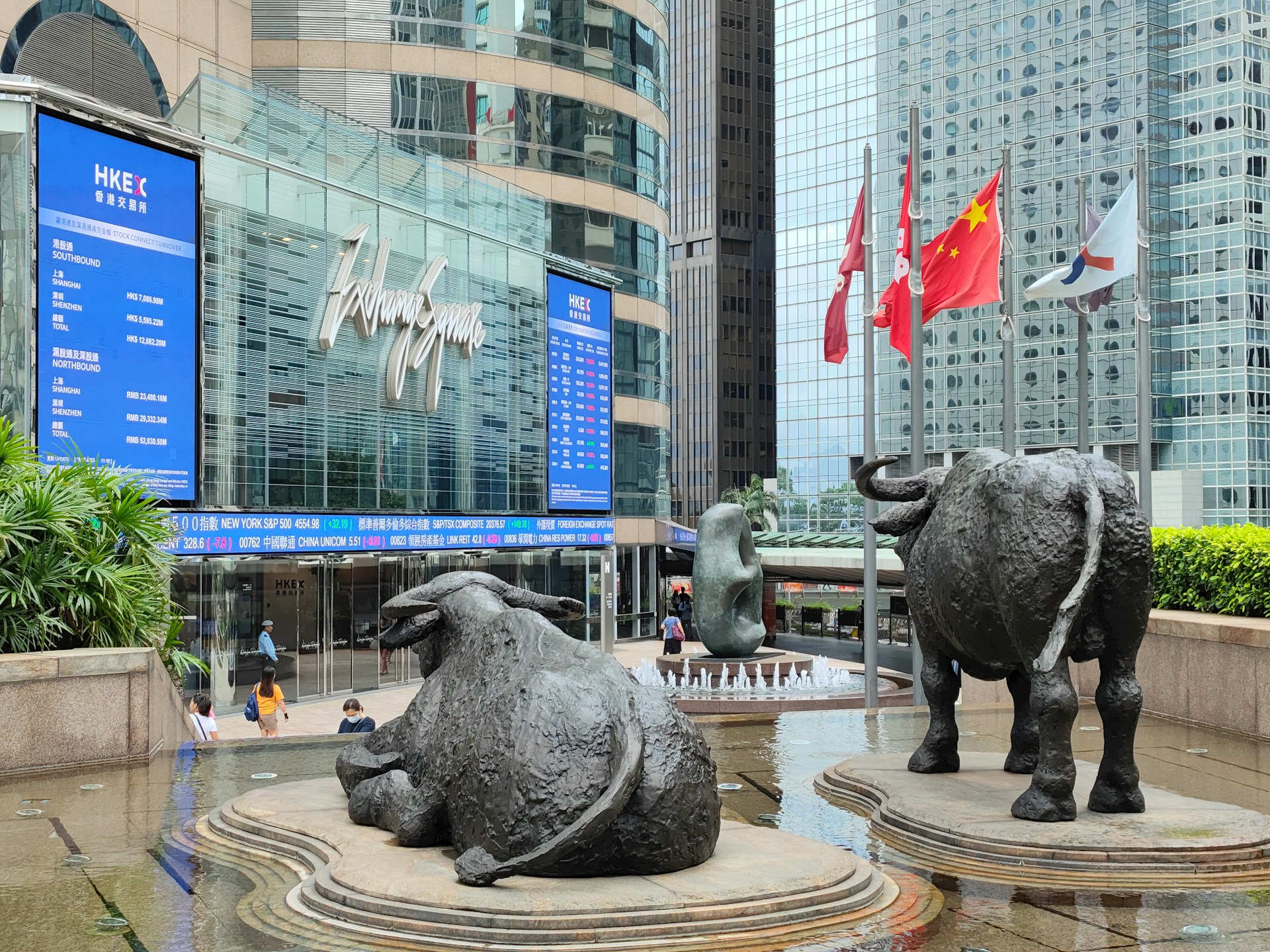A rally that began as multiple compression unwound is now testing policy credibility. Hong Kong stocks near four-year high after Tencent’s results topped expectations and mainland gauges firmed, a move that reflects more than a single quarter of strong gaming and advertising revenue. It suggests private tech cash flows are recovering at the same time external conditions are turning less hostile, narrowing the dollar-policy gap that has weighed on Asia’s risk assets for the past two years. As of mid-morning on August 14, the Hang Seng Index rose 0.2% to 25,674.25, with the Hang Seng Tech Index marginally higher; mainland benchmarks also advanced.
Tencent’s print matters because it resets the earnings anchor under market cap that dominates Hong Kong’s index construction. Net income rose about 16% year-on-year to roughly RMB55.6 billion while revenue increased 15% to RMB184.5 billion, both above consensus, underpinned by domestic and international game pipelines and improving ad monetisation. The beat signals margin discipline alongside AI-enabled monetisation rather than a one-off cost swing. Markets responded accordingly, extending gains across large-cap China tech.
This is not merely a “tech-lifts-all” bounce. It coincides with a gentle, externally driven easing in global financial conditions as US inflation prints have reinforced expectations of a September Fed cut, compressing rate differentials that feed dollar strength. When the global policy impulse shifts from restrictive to less restrictive, Hong Kong’s export- and flow-sensitive market tends to move first, with leadership in cash-rich platforms that can rerate without fresh capital. Tencent’s surprise adds micro validation to that macro drift.
Locally, the level matters as a signal. The index is on course for its highest close since November 2021—a period before the deepest phase of regulatory tightening and property stress became fully priced—inviting the question of whether this is a cyclical re-rating or the start of a policy-backed capital posture shift. The fact that the CSI 300 and Shanghai Composite also edged up reinforces that this is not an isolated offshore move; it is being corroborated by onshore risk appetite, however cautiously.
Policy context, however, remains the hinge. Beijing’s incrementalism—targeted capacity rationalisation, selective credit support, and a messaging pivot from “rectification” to “high-quality growth”—has reduced tail risk premium without unleashing a blunt credit surge. That is supportive for mega-cap platforms whose earnings visibility derives from monetisation efficiency rather than leverage. Yet it also means the burden of proof will soon shift from policy tone to data: household confidence, labour-market stability, and a sustained improvement in nominal growth need to follow to turn this rerating into trend rather than a trade.
Historical comparison points to a narrower path forward. In 2020–2021, liquidity abundance and reopening momentum allowed valuations to outrun fundamentals before policy rebalanced the system. Today’s ascent is more measured, driven by earnings beats and a softer external rate outlook rather than by credit acceleration. That composition is healthier for currency credibility and reduces the odds of a sharp reversal—but it also caps the speed of the move unless second-order indicators (private investment, services demand, and durable goods spending) strengthen in tandem.
Institutional positioning is adapting accordingly. Sovereign and long-only allocators that underweighted China on governance and growth concerns are now re-assessing mega-cap tech as a lower-beta exposure to any cyclical repair. Buybacks, cleaner balance sheets, and disciplined capex in AI infrastructure—framed as productivity investments rather than speculative land grabs—strengthen the case. The cross-border read-through is that Singapore and Gulf capital, which sought earnings defensiveness in US and India over the past 18 months, will begin to rebalance selectively into Hong Kong-listed Chinese champions if policy continuity persists. The caveat is familiar: property resolution and local government financing vehicle risk remain constraints on a wholesale multiple expansion, ensuring that the rally’s leadership stays concentrated in cash-generative platforms for now.
What happens next depends on signalling coherence. If earnings season confirms that Tencent’s beat is representative of a broader profitability repair across internet, software, and consumer platforms, index-level resilience should hold even through data noise. Conversely, any renewed regulatory overhang or disappointment in household-demand proxies would slow the re-rating without necessarily breaking it—given the external tailwind of narrowing Fed–PBoC divergence. Either way, the market is migrating from a policy-perception trade to an income-statement test.
What it signals: liquidity support at home and a softer dollar abroad have created a window where profits—not promises—can lead. That posture may look accommodative, but the signalling is unmistakably cautious. The divergence from Western monetary peers is narrowing, albeit conditionally. Markets will digest the move; sovereign allocators already have.
Sources: Tencent’s earnings beat and index moves reported by South China Morning Post; revenue and profit metrics corroborated by Reuters.








.jpg&w=3840&q=75)

-1.jpg&w=3840&q=75)
.jpg&w=3840&q=75)


